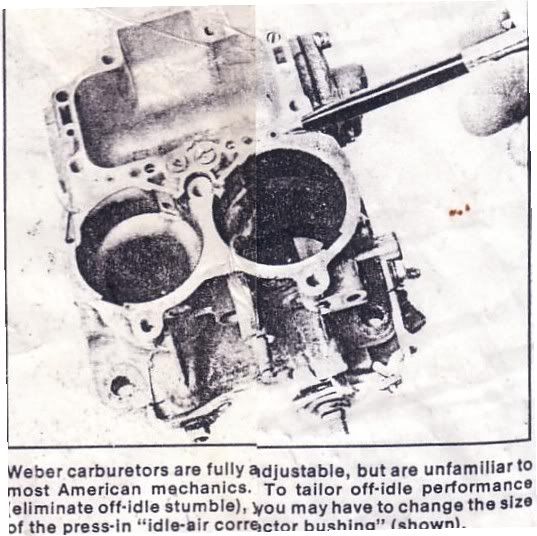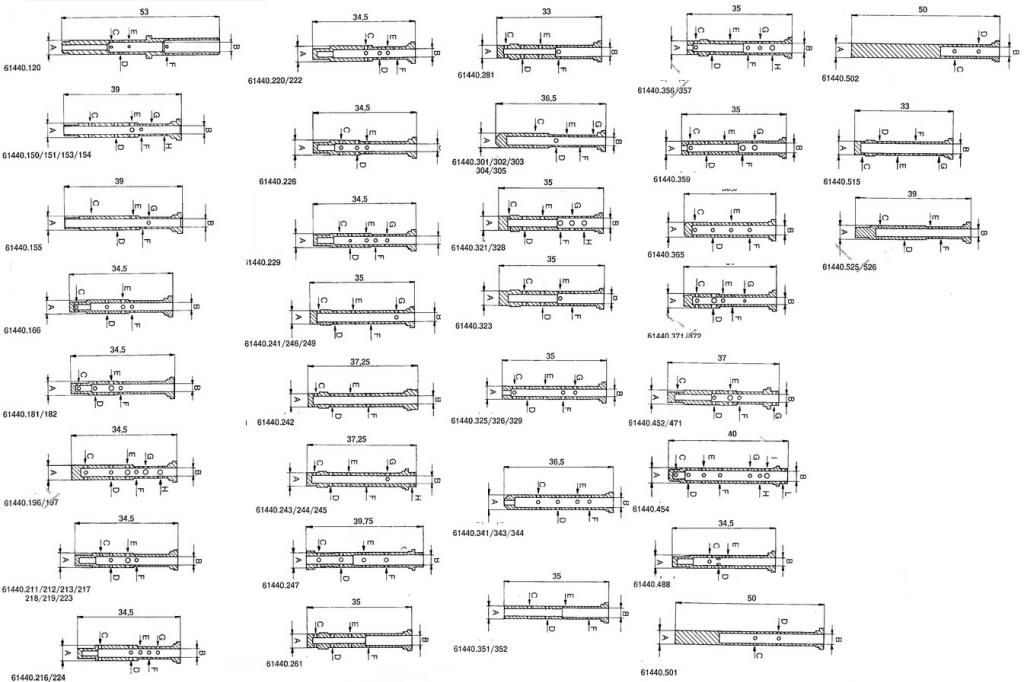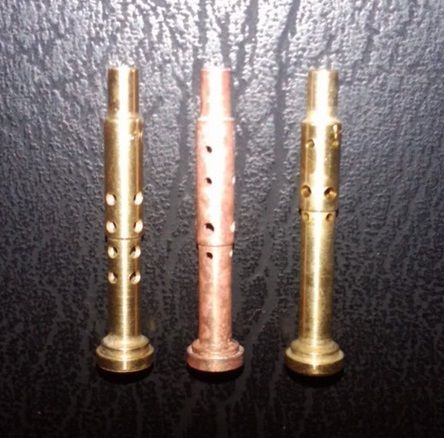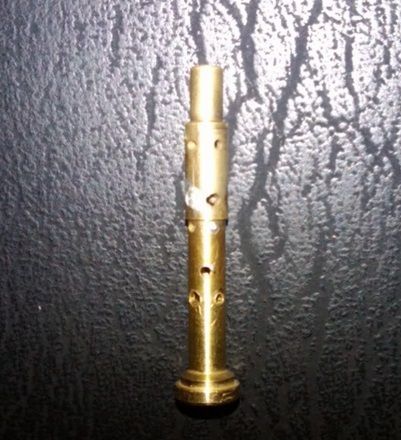Blowby can only come from the rings.
Hopefully you oriented the top and second ring correctly and they are in the right groove.
If piston to cylinder wall is really .030" that is your problem. Surely you wrote it wrong?
Maybe the cylinder walls got washed out from the rich low end.
Do a cylinder leakage test.







 Reply With Quote
Reply With Quote








Connect With Us